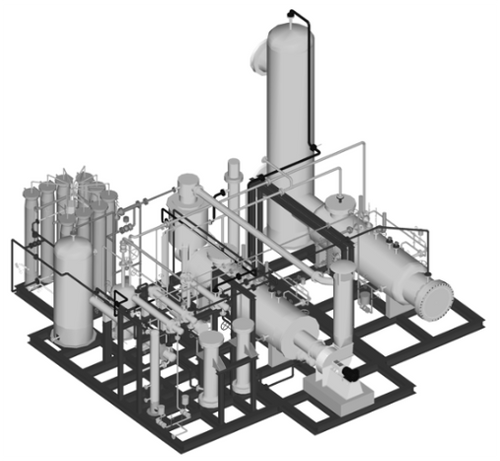In a bid to keep pace with the United States following approval of the Inflation Reduction Act, policymakers in Canada have unveiled proposals to incentivize investments in clean energy including hydrogen.
In its 2022 Fall Economic Statement, the Canadian government is seeking establish an investment tax credit to support investments in clean hydrogen production.
The proposed investment tax credit will be refundable, according to the statement, and available for eligible investments made as of the day of Budget 2023. The credit will be phased out after 2030. The lowest carbon intensity tier that meets all eligibility requirements is proposed to receive an investment tax credit of at least 40%. If a company does not meet certain labour conditions, the maximum tax credit rate will be reduced by 10%, which will help incentivize companies to support and create good jobs for the workers our economy relies on.
In the coming weeks, the Department of Finance will launch a consultation on how best to implement an investment tax credit for clean hydrogen based on the lifecycle carbon intensity of hydrogen. The U.S. Inflation Reduction Act (IRA) introduced carbon intensity tiers to guide the level of support to clean hydrogen projects. As outlined in the IRA, support would begin to be provided when emissions from the production of clean hydrogen are 4.0kg of CO2e or less per kg of hydrogen, while the highest level of support would be provided where emissions are 0.45kg of CO2e or less per kg of hydrogen. The consultation will seek input on:
- An appropriate carbon intensity-based system for the Canadian context; and,
- The level of support needed for different production pathways in Canada.
Through this investment tax credit, the government will promote jobs and skills for a net-zero economy, such that the level of the credit will depend on whether certain labour protection requirements are met. The Department of Finance will consult with a broad group of stakeholders, but especially with unions, on how best to attach labour conditions to the investment tax credit for clean hydrogen to ensure that wages paid are at the prevailing level in the local labour market, and that apprenticeship training opportunities are being created.







